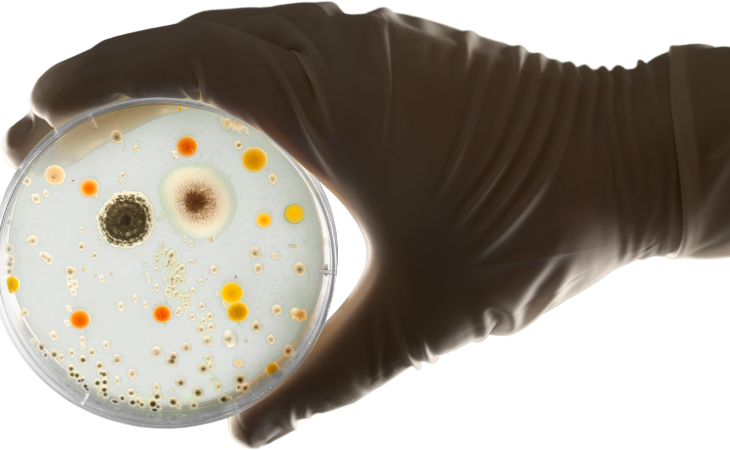New Hope Against Antibiotic-Resistant Bacteria
A new synthetic molecule could be the torch
that shines a new light of hope in humanity’s battle against
drug-resistant bacteria. The CDC estimates that at least 30% of
antibiotic prescriptions are unnecessary. This misuse of antibiotics has
caused a surge of antibiotic-resistant bacteria. Essentially these are
the same bacteria we’ve known all our lives, but they’ve developed and
mutated to become immune to classic antibiotics. Some of them are even
resistant to penicillin.
How bacteria become resistant


Taking an antibiotic when you don’t really
have an infection may cause more harm than good. Antibiotics have a
negative effect on the abilities of white blood cells and gut bacteria
responsible for healthy digestion and inhibiting the growth of bad
bacteria in the body.
Most antibiotic-resistant bacteria can be
classified as gram-negative bacteria. It is a class of bacteria that
have thicker cell walls and a built-in mechanism called an efflux pump
that gives them the ability to export toxins out of the cells. The
harder, thicker cell walls make these bacteria more resistant and
challenging to penetrate, while the efflux pump makes them exceptionally
challenging to tackle, as they become more toxic under attack. This
pump may prevent antibiotics from getting inside the cell.
Some varieties of gram-negative bacteria you may know are cholera, E.
coli, and Salmonella typhi, which causes typhoid fever. Today these are
treated with antibiotics, sometimes more than one. Older antibiotics may
be more effective at times.
Fabimycin - a new hope
A new player just hit the field. It is a
molecule called fabimycin. This molecule inhibits the bacterial enzyme
called FabI, which is vital for the bacteria‘s fatty acid biosynthesis.
In other words, this new molecule has the potential to starve
drug-resistant bacteria. Trials showed that, in addition to that,
fabimycin is also relatively harmless to some types of healthy bacteria
found in the gut.
Fabimycin was developed in a lab. The synthetic drug was created by
altering and improving existing antibiotics effective against less
aggressive infections. Then, they started testing it on drug-resistant
bacteria.
The researchers found fabimycin to be effective on more than 300 types
of drug-resistant bacteria. It cured mice with pneumonia and urinary
tract infections. The medication is yet to undergo human testing and
looks promising.